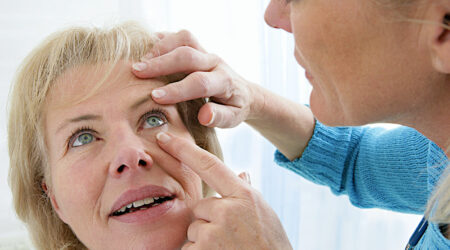
16 signs indicating high sugar intake
Sugar has become a major part of modern food habits. While enjoying an occasional treat is perfectly fine, excessive sugar consumption can lead to many health issues, ranging from immediate concerns to chronic conditions like fatty liver disease and stroke. When one consumes too much sugar, the body shows subtle signs. Promptly addressing these symptoms can ensure one does not invite more health concerns in the future.
Here are the signs that indicate high sugar intake:
- Frequent sugar cravings
One of the most obvious signs of high sugar intake is constant sugar cravings. Consuming excess sugar can lead to a vicious cycle of craving more sugar as one’s body becomes accustomed to the sweet taste. This can make it challenging to cut back on sugar consumption. - Increased body mass
High-sugar foods and drinks are calorie-dense and can lead to fat buildup in one’s body. Consuming too much sugar, especially in the form of fructose, can increase body mass, especially around the belly, and bring related health problems like metabolic syndrome and type 2 diabetes. - Fatigue and energy slumps
While sugar can provide a quick energy boost, it is often followed by an energy crash. Consuming high amounts of sugar can lead to fluctuating blood sugar levels, causing feelings of fatigue and sluggishness. This can negatively impact one’s productivity and overall well-being. - Frequent thirst and urination
Excessive sugar intake can lead to increased thirst and frequent urination. This is because the body attempts to dilute and excrete the excess sugar through urine. Frequent urination can affect one’s quality of sleep and disrupt daily activities. - Dental problems
The link between excessive sugar consumption and dental problems is well established. When sugar interacts with bacteria in the mouth, it produces acids that erode tooth enamel, leading to cavities and gum disease. Consuming sugary snacks or beverages throughout the day exposes teeth to a constant onslaught of acid, increasing the risk of oral health issues.









